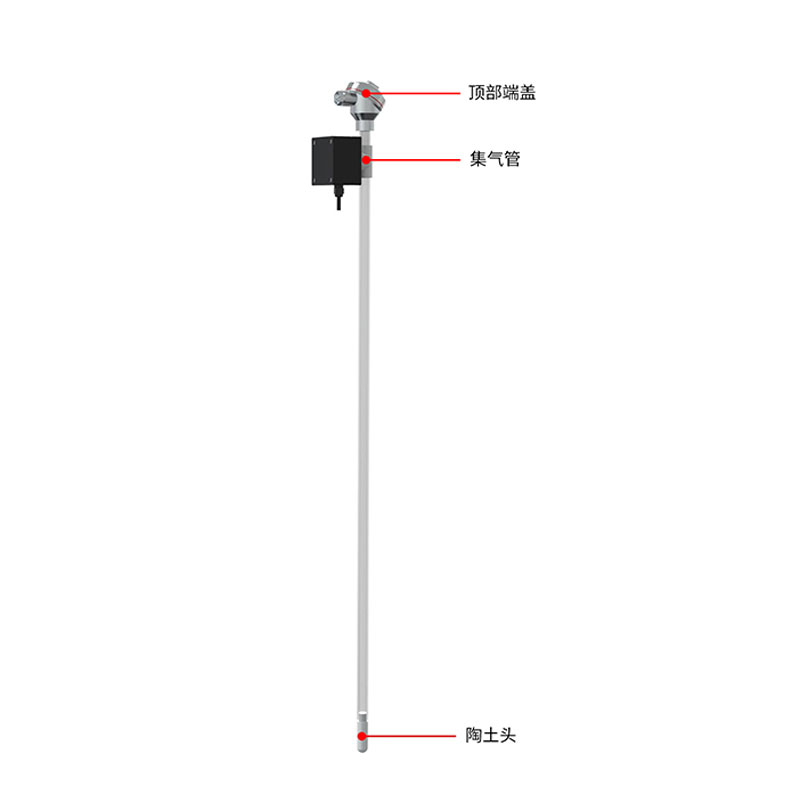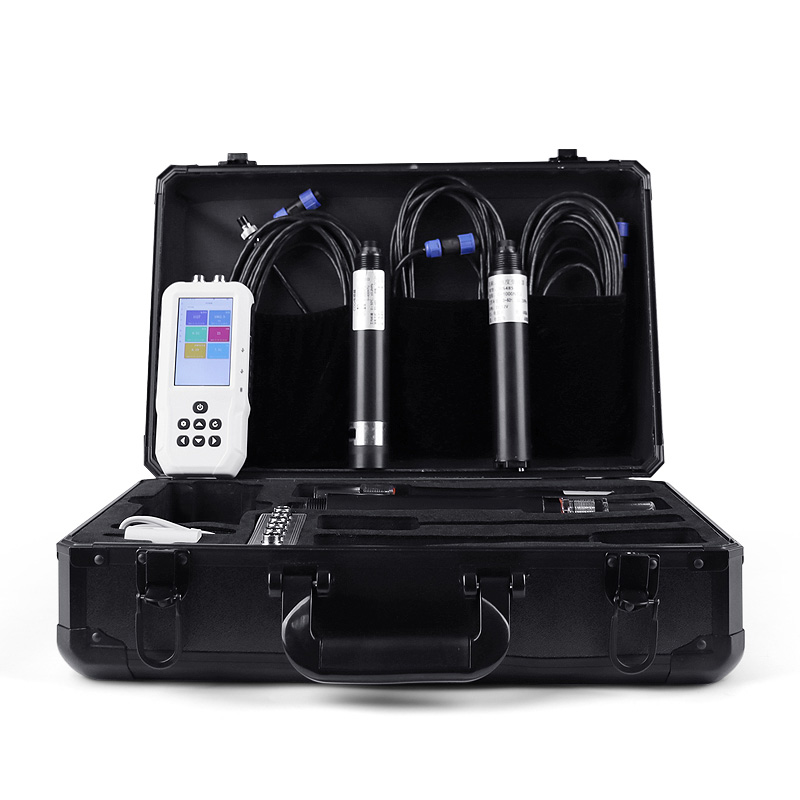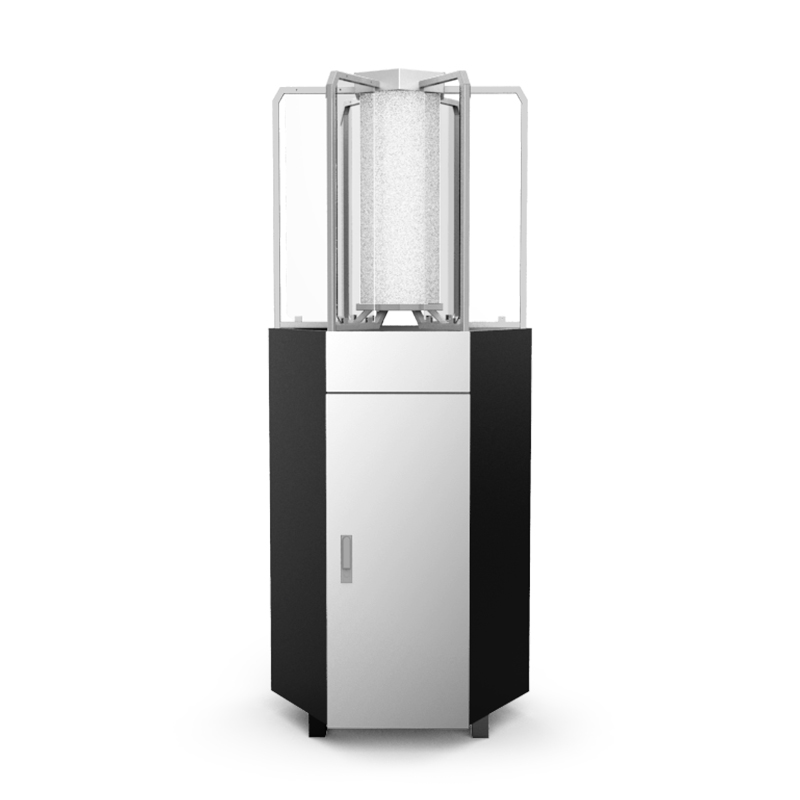Product Center
-
Hydrological equipment monitoring station
-
Water Quality Monitor Sensor
-
Plant protection equipment
-
Food Testing Equipment
- Rainfall Monitoring employs K-band radar for non-contact monitoring of rainfall and water level
- Wheat Fusarium Head Disease Monitoring System: A Wheat Disease Prediction Solution Based on Spore Capture and Built-in Model
- Water quality monitoring system: Integrated Water Quality Analysis Equipment for Monitoring Water Temperature, Conductivity, pH, and Dissolved Oxygen
- Soil Moisture Monitoring Simultaneously Monitors Moisture, Temperature, and Conductivity of Three Soil Profiles
- River flow and streamflow monitoring Integrated Water Level, Flow Velocity, Discharge, and Rainfall Monitoring
- Soil profile moisture meter can measure soil profile moisture, temperature, and electrical conductivity
Shandong Fengtu IOT Technology Co., Ltd
Sales Manager:Ms. Emily Wang
Tel, Whatsapp:+86 15898932201
Email:info@fengtutec.com
Add:No. 155 Optoelectronic Industry Accelerator, Gaoxin District, Weifang, Shandong, China

Soil water potential sensor
Model:FT-SS1
Brand:fengtu
Related products
Product details
1.Soil water potential sensor product introduction
Soil Water Potential Sensor is used to measure soil water potential and can provide long-term, non-maintained soil water potential readings at any depth.Plants need a certain amount of soil water to grow, and the content of soil water has an important impact on plant growth and development. With the development of agriculture, the requirements for crop yield and quality are getting higher and higher, so it is necessary to know the precise irrigation cycle of plants and give them an irrigation time point. Soil water potential sensor can provide such an irrigation point. It can clearly tell growers whether the plants are short of water, how long they will be short of water, and how often they should be irrigated, thereby improving the product quality of crops.
In modern agriculture, the role of soil water potential sensor is very significant. After collecting the dynamic content data of soil moisture of the planted crops, more precise irrigation measures can be taken according to the growth changes of the crops. It can not only record the soil tension change data, but also help growers to continuously supplement the soil environment data of the crop types, which is of great significance to improving crop varieties, quality and yield.
The soil water potential sensor uses a transparent PVC plastic tube, which can clearly show the amount of water remaining in the device, making it easy to add water. It also uses a -100-0Kpa vacuum gauge, which allows users to clearly view data. The product is suitable for places where soil moisture and drought information need to be detected, and is mostly used in agricultural crop planting to monitor whether crops are short of water, so as to better irrigate crops.
When the PVC pipe of the equipment is filled with water, the pressure inside the PVC pipe is 0 compared with the atmospheric pressure. After the equipment is inserted into the soil, part of the water inside the PVC pipe will be absorbed by the soil, causing negative pressure inside the pipe. The greater the absolute value of the negative pressure in a standard unit time, the stronger the soil's water absorption capacity and the more water-deficient the soil.
2. Soil water potential sensor product features
1. Protection grade: IP67
2. Overall structure: The product adopts a bottom monitoring structure. The bottom of the equipment is inserted into the soil to the depth that needs to be monitored. The specific insertion depth can be customized according to site requirements.
3. Equipment size: The insertion depth is 60cm, which can be increased by multiples of 15CM, up to a maximum of 120cm.
4. Maximum power consumption: 0.8W (24V DC power supply)
5. Equipment material: Transparent PVC plastic tube, you can clearly see the amount of water remaining in the equipment, which is convenient for adding water.
6.Communication interface: RS485.
7. Power supply mode: 5-30vdc wide voltage power supply.
8.Working environment: 0℃~+60℃.
9.Default accuracy: ±0.5kpa (25℃).
10. Range: -100kpa~0kpa
11. Resolution: 0.1kpa
3. How to install the soil water potential sensor
1. Installation location
The equipment should be installed after the crops are sown; the equipment installation site should be selected at a relatively high and flat place to prevent rainwater from flowing back into the equipment and causing equipment short circuit or line failure.
Under full irrigation conditions, areas with less water should be selected as monitoring locations; under partial irrigation conditions, wet areas should be selected as monitoring locations;
Select a location where the crop growth is balanced and representative of the growth of most crops;
Understand the root distribution of the monitored crops and generally choose a location close to the crop's water-absorbing roots to determine the height of the equipment.
2. Installation method
The installation method is drilling and grouting. Please refer to the instructions for details.
3. Installation method
Prepare cold boiled water: Boil the tap water for 20 minutes and set aside to cool.
Venting the clay head: inject cold boiled water, fill it up, and stand the instrument upright for 10-40 minutes (do not add the lid). When water drips from the surface of the clay head, plug it with the silicone plug and wrap the clay head with a paper towel to absorb water. Make the soil tension reach about -40kpa. When bubbles rise, shake the equipment to vent as much as possible. Repeat this process 2-3 times.
Submerge the clay head in water, wait until the soil tension returns to within -10kpa, fill it up with water again, plug it with the silicone plug, screw on the top end cap, and set it aside.
4. Notes
The clay head must not be contaminated with oil to avoid clogging the micropores and causing the instrument to malfunction.
The instrument range is -100Kpa-0. When this limit is exceeded, the instrument will leak due to the rupture of the clay head tube wall, making the instrument ineffective.
Check regularly and add cold boiled water to the sensor about once every half a month to a month (or wait until the water level drops to the top of the gas collecting pipe to add water). Do not loosen the sensor during the filling process.
Before the temperature drops to 0℃, outdoor instruments should be removed to avoid freezing and cracking.
-10~0kpa indicates humidity, which is too high for most crops.
-30~-10kpa means moist, suitable for the growth of most crops.
-50~-30kpa means dryness, and moisture-loving crops need to be watered.
<-50kpa, indicating dryness, most crops need irrigation.
This paper addresses:https://fengtusz.com/Agriculture-Sensors/Soil-water-potential-sensor.html
- Previous Article :Soil heat flux sensor
- Next Article:Soil Temperature Moisture Salt Sensor
Related article
-
From Guesswork to Science: Soil Moisture Monitoring Equipment's Impact on Farming
2025-02-21 -
Integrated Slope Monitoring System: A Multi-Parameter Solution for Stability Assessment and Early Warning
2025-11-05 -
GNSS Station: Safeguarding from Landslides & Fissures
2025-03-18 -
FT - CS50 Portable Ultrasonic Water Depth Meter: Empowering Accurate Water Depth Detection in Diverse Water Environments
2025-04-27 -
Fengtu Soil Moisture Monitor: Precision Dielectric Sensing for Advanced Agriculture
2025-11-10 -
Soil Moisture Profile Probe Soil Temperature and Humidity Monitoring System
2025-11-25 -
Tailings Storage Facility Monitoring,FT-WK1 On-line Monitoring System for Safety Management
2025-06-13 -
GNSS Monitoring Station Installation Guidelines for Highway Slope Displacement Monitoring
2025-05-28


 Get a Free Quote
Get a Free Quote






